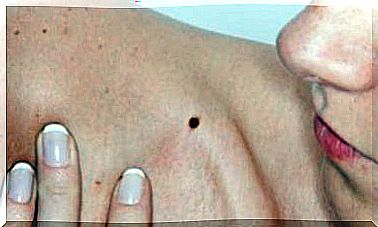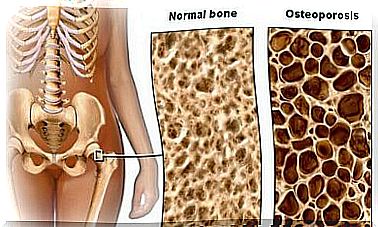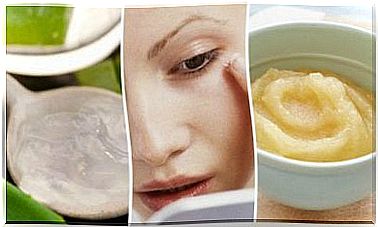Ingrown Nail: Prevention And Treatment
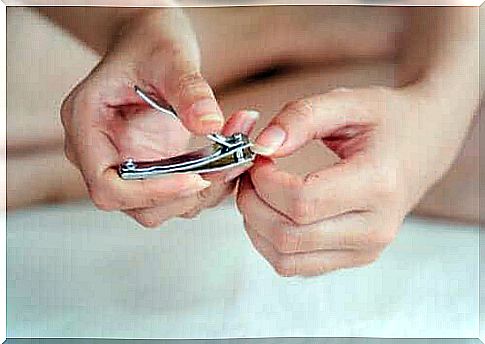
Ingrown toenail is a condition that affects approximately 15% of the population. Therefore, it is worth knowing what can cause it and knowing the basic treatments in the field of foot hygiene that will protect you from its occurrence.
Ingrown toenail is quite a problematic condition that most often affects the big toe. However, it can also show up on any of the other toes. It occurs when the toenail grows in and pierces the skin of the finger, causing pain and inflammation.
Ingrown toenail: prevention
Before you take preventive measures to protect you from ingrown toenails, you need to know what causes them. Overall, there are two main triggers for this condition:
- Congenital factors: These are related to the shape of a person’s foot. The most common changes are wide nails and toe or toenail shape changes.
- External Factors: These are all the external mechanisms that cause a toenail to get stuck in the skin of the toe. Most often they are associated with improper nail clipping, wearing the wrong footwear and injuries.
Prevention focuses on avoiding irritants, so you should focus on the guidelines below.
1. Wearing appropriate footwear
Using tight shoes increases the pressure on the toes, especially the big toe and little toe. Such footwear can lead to the nail being pressed into the skin, causing pain and inflammation. Therefore, you should wear wide shoes and avoid high heels that put a lot of pressure on the toes due to the foot drop and tapered toe.
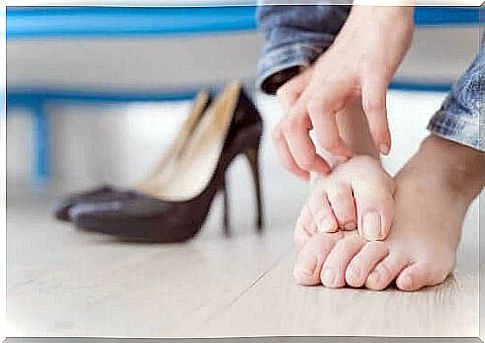
Another factor that can trigger an ingrown toenail is ignoring the footprint when selecting shoes. You have to remember that the way you walk can put pressure on the side of the nail.
To prevent this from happening, you need to research your foot placement and choose footwear that meets your needs. Besides, if you need it, you can use special inserts that reduce pressure.
2. Proper hygiene and nail trimming
The most common cause of ingrown toenails is improper trimming. To prevent this from happening, you need to follow a series of tips for daily foot care and hygiene. In addition, if you do not want to contract this disease, you need to be careful about several things when trimming your nails:
- Put your feet in hot water to let your nails soften and become easier to trim.
- The correct way to trim your nails is to cut them in a straight line. If you cut their edges, they will start to grow towards the skin and pierce it.
- You should file your nails carefully so that there are no residues that stick into the skin.
- Use straight and precise nail clippers, not one with a curved edge.
- You need to wipe your feet thoroughly after soaking or showering, and don’t keep them in the water for too long.
- Besides, be sure to use the right soap. Clean all areas where dirt can collect.
Ingrown toenail: treatment
There are two ways to treat an ingrown nail:
Conservative treatment
You can enter them if the granuloma has not appeared. It is a reddened ball in an inflamed area, formed by blood vessels. When it is rubbed, it usually bleeds.
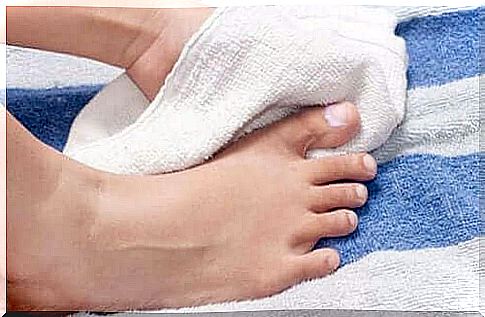
This treatment involves making a smooth incision over the edge of the nail to remove any stuck in the skin. Then you need to bandage your finger so that the wound heals without the risk of infection. In addition, you should use techniques that support the proper growth of the nail. Ask your doctor about them.
Surgical treatment
If conservative treatment is unsuccessful and a granuloma appears, you must undergo surgical treatment. The ingrown toenail can be treated by a variety of techniques, but most often the nail is removed, in whole or in part, along with the infected area. This will completely remove the problem.
If you have any questions, please ask your doctor for help.
